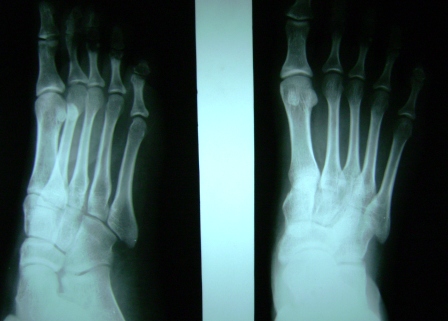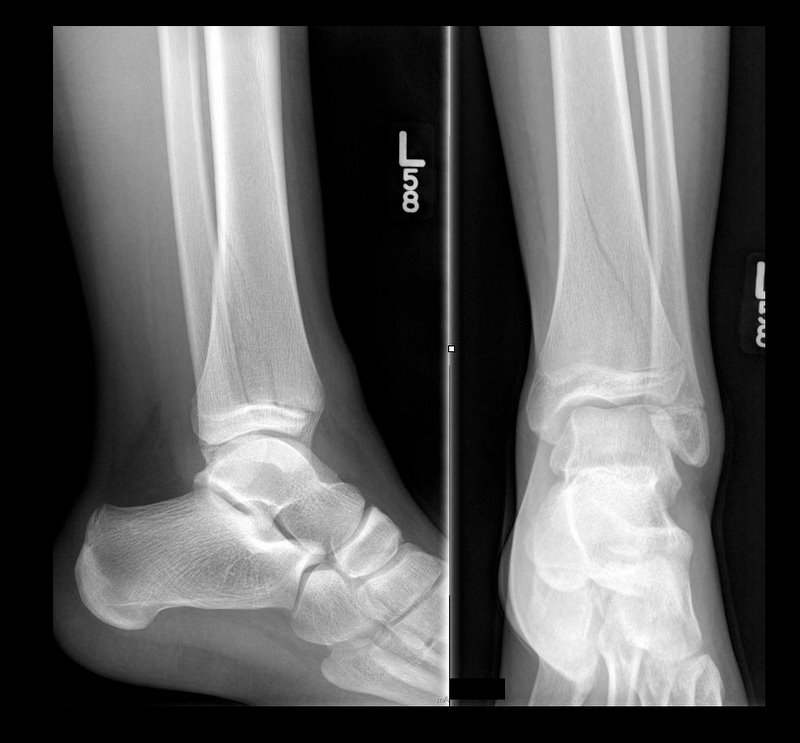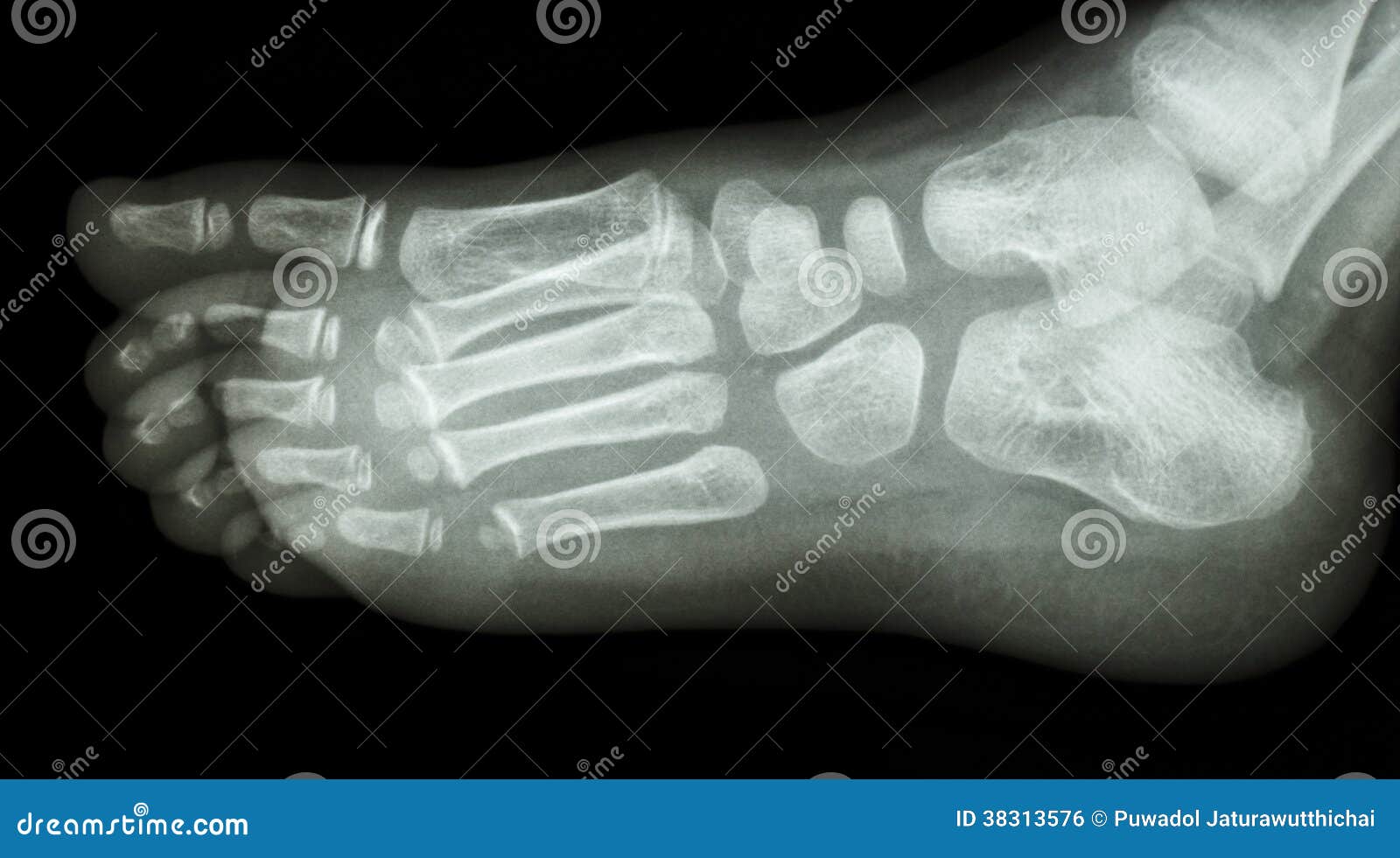- Home
- Xray Of Normal Foot
Xray Of Normal Foot
11:25 AM
Zinc (Zn) Nutrient Deficiencies In Plants -
Most plants prefer a pH range between 5.5 and 6.5 for best results. If your pH is in the right range, you can nip a zinc deficiency in the bud by flushing your medium with a diluted fertilizer appropriate for your grow medium. Be sure that it contains chelated trace micronutrients, especially zinc, iron, and manganese

Zinc Deficiency in Plants (Visual Guide) - Sativa University
Zinc Deficiency Symptoms in Plants New plant growth and leaves will show interveinal chlorosis. The blades of the leave may be distorted, yellow, and wrinkled. The tips of the leaves will be yellowed and could show a brown burning, and the leaves may also rotate by 90 degrees. Visual Plant Deficiency Guide
How to Correct Zinc Deficiency | Trifecta Natural
A zinc deficiency in plants is usually due to low zinc content in the soil. This can cause stress on the seedlings. If the organic matter contains too little or too much zinc, the result is a deficiency. If the plant roots are restricted, the absorption of zinc is no longer possible
Molecular regulation of zinc deficiency responses in plants
Zinc (Zn) is an essential micronutrient for plants and animals. Because of its low availability in arable soils worldwide, Zn deficiency is becoming a serious agricultural problem resulting in decreases of crop yield and nutritional quality. Plants have evolved multiple responses to adapt to low lev …
Zinc Deficiency In Vegetable Crops - Penn State Extension
Zinc is immobile in the plant, which means that the plant will not take zinc from older leaves to supply new leaves. Zinc deficiency, therefore, shows up in the new growth, usually as light green to yellow coloring between green veins. Be aware that manganese, magnesium, and iron deficiency symptoms can look similar

Zinc For Plants - Fixing Zinc Deficiency In Plants And Effects Of Too
Zinc deficiency causes a type of leaf discoloration called chlorosis, which causes the tissue between the veins to turn yellow while the veins remain green. Chlorosis in zinc deficiency usually affects the base of the leaf near the stem. Chlorosis appears on the lower leaves first, and then gradually moves up the plant
Zinc (Zn) Nutrient Deficiency - A Serious Problem for Plants and a
Apart from the grower's negligence, the most common reason for zinc deficiency is dry climates and soils that contain too much alkalinity. The Importance of Zinc for Plants It is not uncommon to see growers focus on plants' intake of primary nutrients only. They do not realize that the micronutrients are also critical for plant growth
Zinc Deficiencies and Fertilization in Corn Production
Muck or peat soils may also show deficiencies, as strong natural chelation can make zinc unavailable. Soil pH: Zinc is most soluble and therefore available to the plant at a pH of 5 to 7. In alkaline soils (pH above 7.0), zinc may form insoluble compounds, making it unavailable to the plant
The Importance Of Zinc For Plant Growth And Development
Deficiency Of Zinc In Plants. Zinc is an essential mineral for plant growth. It is involved in many biochemical processes, such as enzyme activity, cell division, and auxin transport. Zinc deficiency is a serious problem in agriculture, as it can lead to stunted growth, reduced yields, and poor crop quality. Zinc deficiencies are often caused
Fix the Zinc Deficiency with your Cannabis Plants! - Sensi Garden
Signs of Zinc Deficiency Yellowing between the veins, in new and young leaves New Leafs are small and thin and appear twisted New leaf growth is pale yellow-green Stems fail to grow and stretch leaving tiny leaves The tips of leaves appear burnt Internode spacing is reduced Growth is stunted Buds are thin and light to the touch
Zinc deficiency (plant disorder) - Wikipedia
Zinc deficiency occurs when plant growth is limited because the plant cannot take up sufficient quantities of this essential micronutrient from its growing medium. It is one of the most widespread micronutrient deficiencies in crops and pastures worldwide and causes large losses in crop production and crop quality. [1]
Zinc Deficiency in Plants | Haifa Group
With the right fertilizers, zinc deficiency in plants can be overcome. Plants normally need a small amount of Zinc (20-100 ppm). 5. Soil application of zinc fertilizers is the best method for correcting deficiencies application serves as a complementary approach. plant uptake, the Zinc has to be dissolved in water
Zinc for crop production | UMN Extension - University of Minnesota
Zinc (Zn) is an essential micronutrient for plant life. In Minnesota, while some soils are capable of supplying adequate amounts for crop production, addition of zinc fertilizers is needed for others. Zinc is a recommended micronutrient in fertilizer programs for production of corn, sweet corn, and edible beans. Several research projects have focused on the use of this nutrient, and much of

How to Fix a Zinc Deficiency in Weed Plants
What is a zinc deficiency? A cannabis zinc deficiency happens when weed plants lack zinc, an essential micronutrient vital to the development of marijuana 's similar to a manganese or iron deficiency, but a lack of zinc directly affects new growth and renders any vegetation motionless.. Don't take a zinc deficiency in marijuana lightly—it can cause serious irreversible
Why Plants Need Zinc? Hint, It's Crucial To Plant Growth - Ryhom
Some plants are more susceptible to zinc deficiency. Low zinc concentrations in the growing medium can cause zinc deficiency. An excess of other nutrients, like iron, calcium, or copper, can lower zinc absorption by plant roots. Soil with pH levels close to or greater than seven will have low zinc solubility, inhibiting plants' zinc uptake
Molecular regulation of zinc deficiency responses in plants
Zn deficiency can cause cellular damages in plant roots and leaves by affecting the homeostasis of reactive oxygen species that is produced by membrane-bound NADPH oxidase ( Cakmak, 2000; Cakmak and Marschner, 1988 )
Zinc deficiency in marijuana plants - I Love Growing Marijuana
When plants don't have the right amount of auxin the leaves and shoots will not grow. Zinc is also a major player in producing chlorophyll. These deficiencies are similar to manganese and iron deficiencies, except that they influence new growth, causing them to become deficiency happens sometimes and usually is a result of the leaf blades becoming knotted and tangled

Zinc Deficiency In Cannabis Plants - Royal Queen Seeds
When a deficiency happens, older parts of the plant cannot distribute zinc reserves from one place to another, as it can with nitrogen or phosphorous. Therefore, early signs of zinc deficiency occur at the newest growth zones, generally at the top. You may start noticing a plant is not growing as vigorously as it should
Zinc in biology - Wikipedia
Zinc is an essential trace element [1] for humans [2] [3] [4] and other animals, [5] for plants [6] and for microorganisms. [7] Zinc is required for the function of over 300 enzymes and 1000 transcription factors, [4] and is stored and transferred in metallothioneins. [8] [9] It is the second most abundant trace metal in humans after iron and
5 Zinc Toxicity Symptoms to Look Out for in Your Plants
Zinc deficiency can also cause tissue death in plants because it is at the other end of the scale from zinc toxicity. Plants can outgrow zinc deficiency, but if the deficiency is at an extreme level, the plant is highly unlikely to survive, even with zinc content adjustments using fertilizer or kelp spray
How to fix Cannabis Zinc Deficiency (Z) Pics & Symptoms - Grow Weed Easy
The most common reason growers will see a zinc deficiency is when the pH at the roots is too high. Zinc tends to get locked at higher pH levels and is better absorbed by the plant in a more acidic root environment. If you suspect your growing cannabis plant has a zinc deficiency due to too-high pH, flush your system with clean, pH'd water

PDF Zinc and Iron Deficiencies - Extension
In season, zinc deficiency may be corrected by spraying the crop with a 0.5 percent zinc sulfate solution (1 percent for potatoes) at the rate of 20 to 30 gallons per acre. A 0.5 percent solution is prepared by adding 4½ pounds zinc sulfate (36 percent Zn) to 100 gallons of water. Include a surfactant (wetting agent)
Cannabis Zinc Deficiency - Find the Solution | Premium Cultivars
During flowering, zinc deficiency affects the weight and density of the buds. The buds become light and airy, which puts a halt on the yields. Lack of adequate zinc may result in leaves deformity. The reason is, the plants are unable to produce enough auxins. This leads to abnormal leaf size and shape

Post a Comment
Note: Only a member of this blog may post a comment.